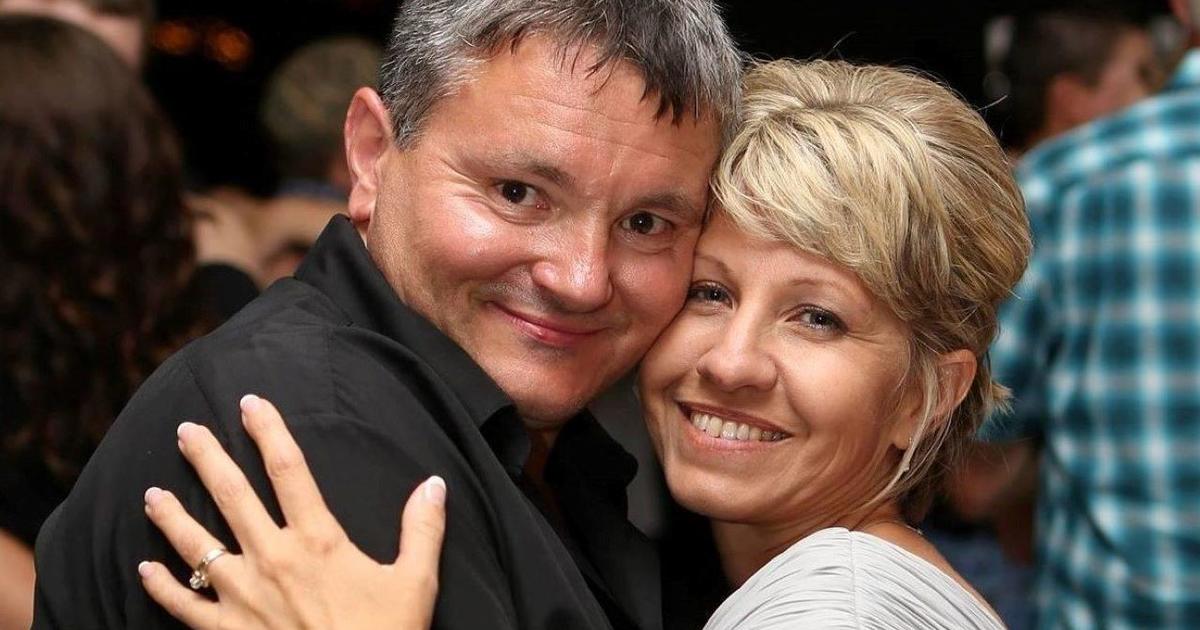The trial to remove shark nets from three Greater Sydney beaches this summer will proceed, the NSW government says, but nets will be temporarily installed as usual on Monday while details of their removal are worked out.
The news comes as freedom of information laws show more than 200 sea creatures, including dolphins, turtles and critically endangered grey nurse sharks were killed by the controversial nets over the 2024-25 summer.

Documents released by the NSW Government under freedom of information reveal more than 200 sea creatures were caught in mesh shark nets last summer.Credit:
NSW Minister for Agriculture, Tara Moriarty, said the government would work with Waverley, Northern Beaches and Central Coast councils over the coming weeks, before implementing a trial.
“The NSW government’s priority is the safety of beachgoers, and at the same time is committed to protecting the state’s marine life,” Moriarty said.
Each local government area in the trial would have one beach that is not netted this summer. The nets will all be installed on September 1, then later removed on the three trial beaches.
Moriarty invited the councils to nominate a beach, but all three councils asked the Department of Primary Industries to make the final decision, since it was legally responsible for the program and would have the relevant data. In her letter to Moriarty, Northern Beaches Mayor, Sue Heins, said the council “would not object” to Palm Beach having nets removed.

A sting ray caught in a shark net off Sydney’s beaches. Credit:
The NSW government installs mesh nets at 51 beaches from Wollongong to Newcastle every summer, alongside SMART drumlines, drone surveillance, shark listening stations and the SharkSmart app in a $21.5 million shark mitigation program.
The mesh nets have been used since 1937, and until 1983 they were in the water year-round. Throughout the 1980s, they were progressively removed between the months of May and August. From 1989 until 2024, the nets were put in place annually from September 1 to April 30 – last summer this was shortened to March 31.
There have been no fatal attacks on a netted beach since 1937, though there have been encounters with sharks. Shark fatalities across the whole state total two a year on average, across nearly 900 beaches.
Macquarie University Professor Culum Brown, a fish and shark scientist, said there was no statistical difference.

A dolphin dies as a result of getting tangled in a shark net.Credit:
“There’s no scientific evidence … that suggests that you’re any safer swimming at a beach that has a net, versus swimming at a beach that doesn’t have a net,” Brown said. “That’s because deaths by sharks, and even shark bites, are so rare that it’s hard to model.”
The shark nets are just 150 metres long with gaps above and below them, so sharks can swim around, over and under them. Brown said a large percentage of the sharks caught in the nets were found on the beach side.
This masthead has previously reported on University of Sydney research that suggests that flailing sea creatures caught in the nets could actually attract sharks, making them counterproductive. Brown said this research was credible and many of the pictures showed that the dead animals had chunks bitten out of them.
Humane World for Animals, a charity that has been campaigning against shark nets, obtained documents under freedom of information laws that show that the government’s own Fisheries Scientific Committee advised the minister before last summer that the netting program should be discontinued. It said there were no differences between netted and non-netted beaches in attacks, while the nets were a “key threatening process” for endangered species such as grey nurse sharks.
In 2024-25, 223 animals were caught in the nets, the FOI documents show, and more than two out of three were killed. Only 24 animals caught were target species – four bull sharks, two tiger sharks and 18 great white sharks. Four dolphins were killed, 13 turtles were caught of which seven died, and 11 grey nurse sharks were caught of which four were killed.
In 2023-24, 29 turtles were caught in the nets. Last year, the shark nets were removed a month earlier because of increased turtle activity in April; inspections of the nets were increased during March; more drone surveillance was used to scout for turtles and there was also a trial of lights to deter turtles on 21 nets in February and March.
Moriarty said all 51 nets would include turtle lights this year.
Humane World for Animals marine biologist, Lawrence Chlebeck, said it was disappointing the nets were being installed on Monday because it would kill wildlife without making the beaches safer, but he was relieved the trial was going ahead.
Shekhina Maher, 32, grew up on the northern beaches and now lives in Bronte where she swims in the ocean nearly every day, even in winter when there are no nets. She sees whales and dolphins but never sharks.

Bronte local Shekhina Maher swims in the ocean every day and says she would not be scared without nets.Credit: Janie Barrett
“It’s the shark’s domain – it’s their kingdom,” Maher said. “It’s so important to have the cycle of all the animals in the ocean with the apex predators and things like that. I’m all about balance.”
Most Viewed in Environment
Loading


















































